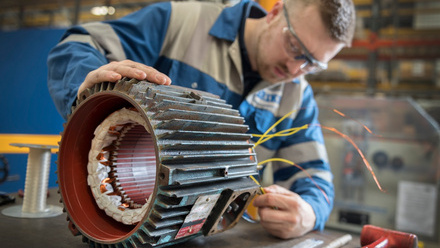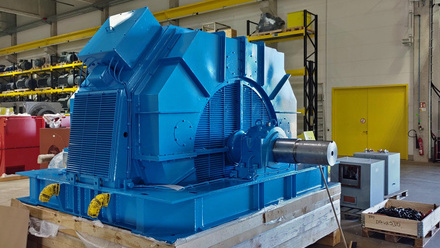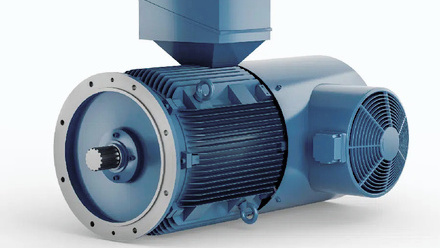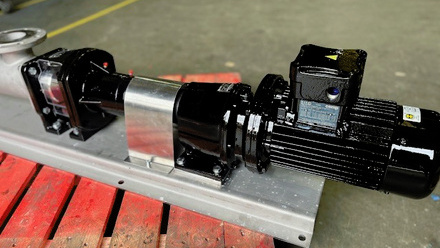You Can Improve Motor Efficiency Without Replacement
With the attention on global carbon emissions and the increasing pressures on energy prices in recent years, it's clear why the focus on industrial energy use is at an all-time high. When you also consider that electric motors are widely reported as using half of the electricity generated globally, it is also clear why motor efficiency is well and truly under the spotlight.
Legally binding legislation and directives from governments and standards setting bodies are mandating the minimum efficiency requirements of newly-supplied industrial motors in a growing number of categories. And motor manufacturers are rising to the challenge admirably, with many, if not all, able to supply new and replacement motors offering greater efficiency than the minimum requirements set. So, replacing a motor with a modern alternative can improve the energy consumed in many scenarios.
But it's not always that simple.
in some situations, replacing an industrial motor with a modern alternative is not practical.
Some older motors are custom designed for specific applications, making it challenging to find a modern replacement that matches the exact requirements. These motors may have unique dimensions, mounting configurations, or operating conditions that modern standardised motors can't replicate without modifications. In addition, integrating a modern motor into an existing system may require significantre-engineering of adjacent components, such as drives, control systems, or mechanical couplings, which could be cost-prohibitive or time-consuming. For example, different electrical characteristics can cause compatibility issues with existing electrical protection systems, circuit breakers, or variable frequency drives (VFDs), necessitating upgrades to the entire electrical system.
Also, in industries with tight capital budgets, the upfront cost may not be justifiable, especially if the existing motor is still performing adequately or operating at a low-duty cycle.
Plus, in some cases, the procurement and delivery of custom or large high-efficiency motors can take considerable time.
There are, however, some circumstances under which the efficiency of a motor can be improved by refurbishment and rewinding, particularly with older, less efficient motors.
Generally, the most effective way to improve a motor's efficiency is to add more copper to its coils, or, more specifically, increase the copper cross-sectional area. This is achieved through the very tight tolerances modern coils can be manufactured to, as well as the ability of state-of-the-art computer-aided design (CAD) systems to optimise coil design. In addition, advancements in insulation materials mean that less insulation is required, freeing up further space in the coils for copper. However, it is worth noting that this will affect the motor's electrical characteristics.
Efficiency can also be improved by repairing a motor to tighter tolerances than it was originally designed to meet. Higher efficiency bearings and more accurate stator and rotor alignment and balancing can reduce energy losses. Resurfacing elements such as the rotor core can reduce what is referred to as 'windage losses'. While improving the motor's cooling system via the fan design or improved heat dissipation techniques can also lead to energy savings as lower operating temperatures improve a motor's efficiency. And better magnetic design and winding techniques can reduce losses from harmonics, stray flux, and leakage.
This list is not exhaustive, but it shows there are ways a motor's efficiency, and in turn the operating cost and environmental impact, can be reduced by a refurbishment. If you have motors that need attention, a good starting point is to talk to a reputable electromechanical service centre that can advise you of the options open to you. We have a comprehensive list in our member directory at bit.ly/AEMTfmd.






